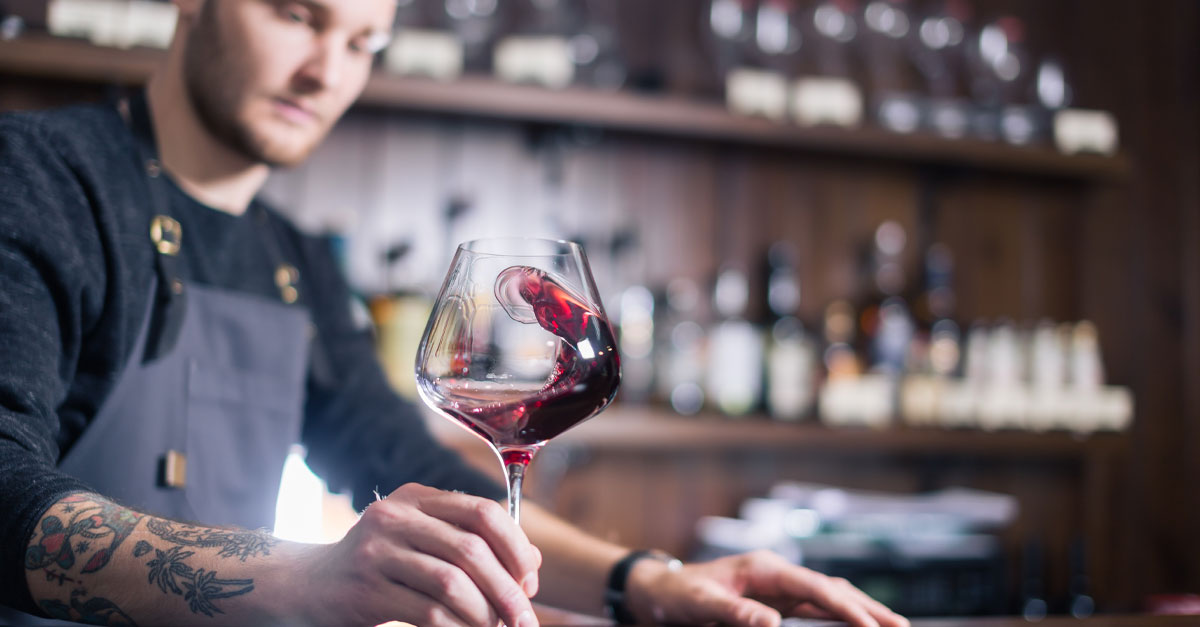
The first “proper” cocktail I enjoyed was a Sazerac, handed to me at the tail end of a Friday night shift while I was working as a 22-year-old commis chef. For a few reasons, that drink has stuck with me ever since: It was the first time I tried absinthe, the first time I’d ever even heard of rye whiskey, and it only “cost” me a small snack put together using leftover mise en place at the end of the evening’s service.
I doubt the bartender with whom I made the surreptitious trade recalls that light meal to this day. It certainly wouldn’t have been as memorable as taking the first sip of a mysterious-to-me cocktail. And, what’s more, such bargaining is so common between bar and kitchen staff that I probably wasn’t the only chef he fixed a drink for that evening.
Of course, this act of minor company theft isn’t the only way chefs can enjoy a hard-earned drink on the house. There’s also the so-called “shift drink,” a time-honored tradition practiced across the restaurant industry (though a number of restaurateurs are reconsidering these days). While each establishment operates with its own rules, the concept remains largely consistent: At the end of a shift, someone from the front-of-house team — usually the bar or restaurant manager — will authorize a round of free drinks for the kitchen staff.
During my time working as a chef, I encountered many different approaches to the shift drink. A common motivational tactic, the first relies on the restaurant hitting a predetermined number of covers, usually on a Friday or Saturday night.
Nothing helps appetizers and entrees fly out faster than the promise of cold, cheap alcohol. And it’s worth noting here that the shift drink is normally the most economical option for the bar, because despite falling under the same roof, both kitchen and bar have individual bottom lines to obsess over. So when imagining shift drinks, think: cheap beer — usually bottles so the bar doesn’t have to worry about changing a keg at the end of a shift — or a glass of the house wine.
In other establishments, shift drinks are simply a rite of passage on certain evenings, regardless of how many guests walked through our doors. Again, this typically happens on Fridays and Saturdays, though sometimes also Thursdays, and Sundays, if the restaurant is closed on Mondays.
In these instances, the bar manager might buy alcohol from their distributor specifically for the kitchen. If they’re smart, they’ll choose something that’s on offer or that they can get a discount on when buying in bulk. Whatever it is — though, again, usually beer — it likely won’t be a brand that’s deemed menu-worthy.
The best encounter I ever had with shift drinks was while running a small French kitchen in Buenos Aires, Argentina. Due to the local eating habits, dinner service wouldn’t begin until 8 p.m., though even that was deemed early and uncivilized. So by extension, our family meal — the free dinner prepared for servers, bartenders, and kitchen staff, should they desire — had to wait until after the service, which saw us sitting down for some hearty grub at around 1 or 2 a.m.
Every night without fail, our small restaurant team of around six or seven would come together over a few bottles of Malbec. As fate would have it, those family meals first sparked my interest in wine. That also happened to be the last professional kitchen I worked in before making the switch to writing about wine and cocktails for a living.
The article Ask a Chef: What’s a ‘Shift Drink’? appeared first on VinePair.